Sterilizing Grafting Tools and Pruning Tools
Before grafting citrus, it is important to sterilize grafting tools to both kill any pathogens that may harm grafts and also to kill diseases of citrus that are readily spread via grafting. Likewise it is important to sterilize pruning tools to avoid the spread of diseases when pruning.
Chlorine Bleach is the Best Disinfectant
Chlorine bleach is the disinfectant used by the scientists at the CCPP whose mission is to make disease-free citrus budwood available to growers. A readily available product with an adequate concentration of bleach to kill all citrus pathogens is Clorox Clean-Up. I am now using Clorox Clean-Up to disinfect my tools when grafting and pruning citrus.
Chlorine bleach can be hazardous and should be used with care. When spraying it is important to avoid exposure to the spray or mist. The material safety data sheet from Clorox recommends the use of safety glasses and recommends immediate rinsing of exposed skin with water. It can ruin clothes, so wearing old clothes would be advisable. It is also corrosive to tools; to minimize the corrosive effect on tools, it is a good idea to wash tools and then spray with WD-40 after grafting.
When spraying grafting tools, be sure to spray to the point that the bleach is dripping off of the tools as shown below. After spraying all of the tools, repeat by again spraying them all to the point that the bleach is dripping.
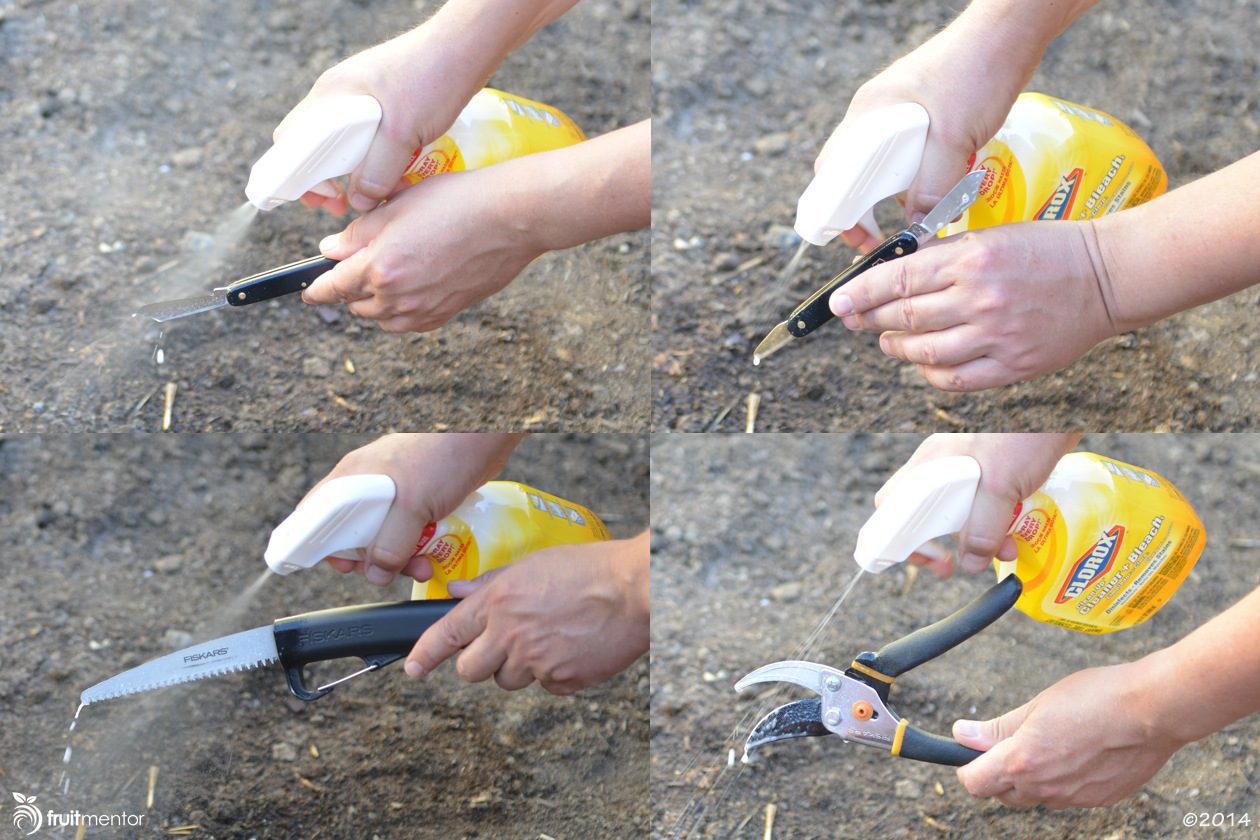
When disinfecting with Clorox Clean-Up, Clorox recommends that the surface remain wet for 30 seconds before rinsing and wiping clean.
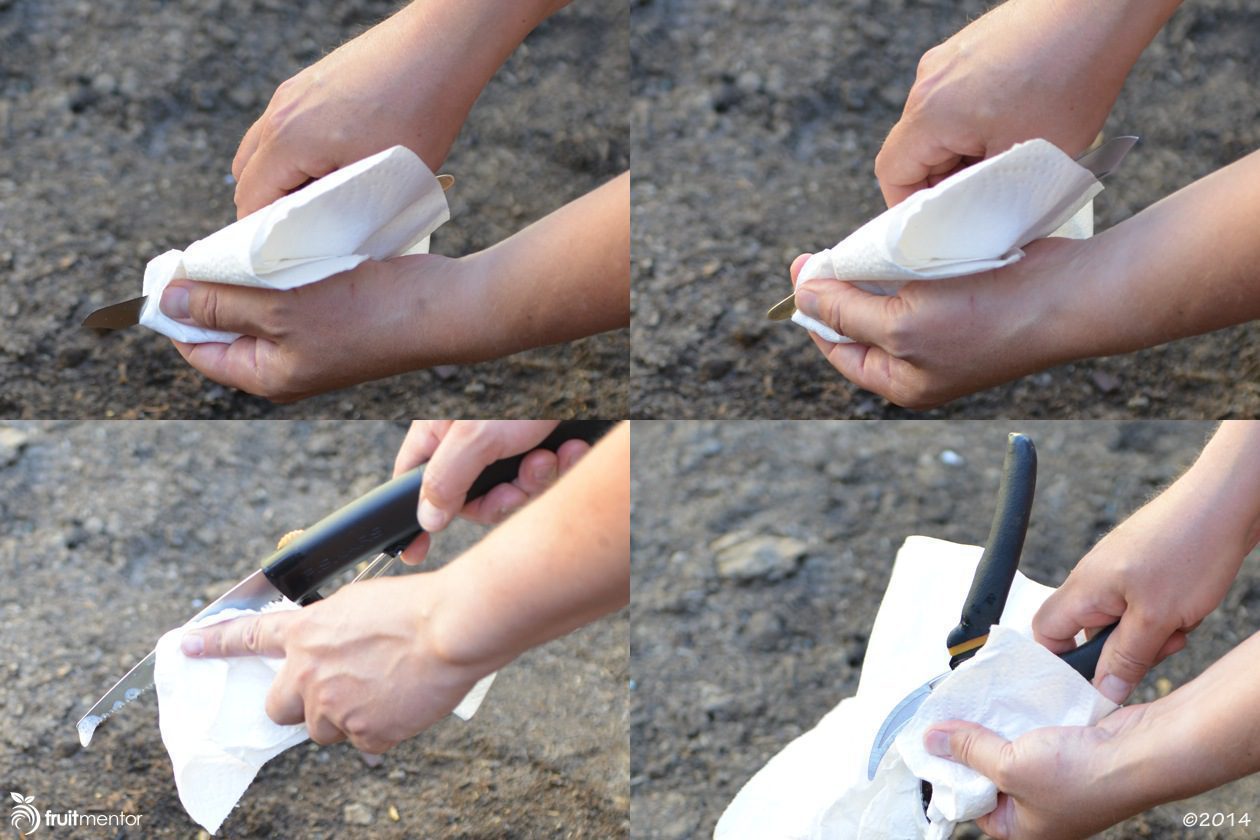
After grafting, wash tools and spray with WD-40 to make the tools last longer.
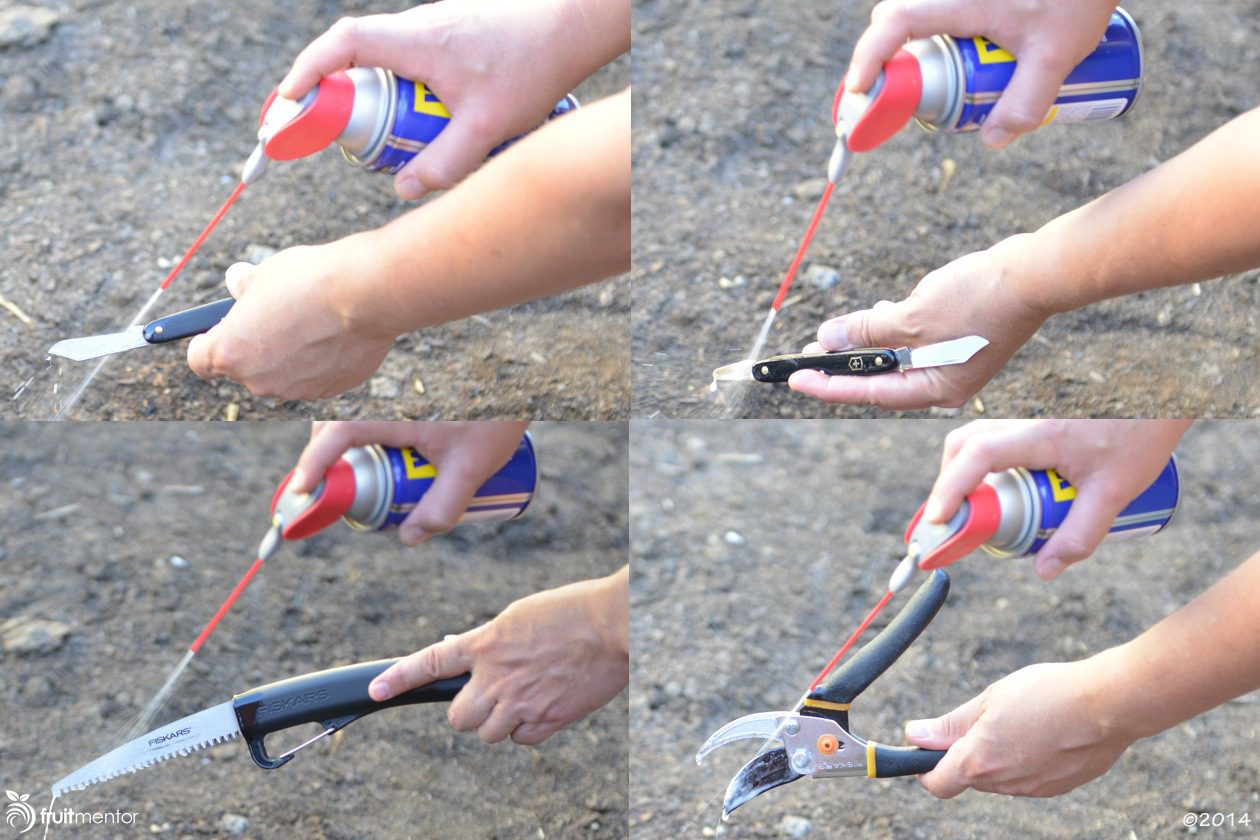
Lysol is an Alternative Disinfectant
With all of the warnings about using bleach, there will be some who will be reluctant to use it. One alternative is Lysol Disinfectant Spray. Lysol is less hazardous to people, clothes, and tools. Unfortunately it would also seem less hazardous to pathogens and I know of no science regarding its use in citrus grafting. Lysol recommends that a surface remain wet for 10 minutes to disinfect. 10 minutes is a long time to wait and that makes Lysol less practical, but it is certainly better than no disinfectant at all.
When using Lysol, be sure to spray tools to the point that the Lysol is dripping off of them. After spraying all of the tools, repeat by again spraying them all to the point that they are dripping.
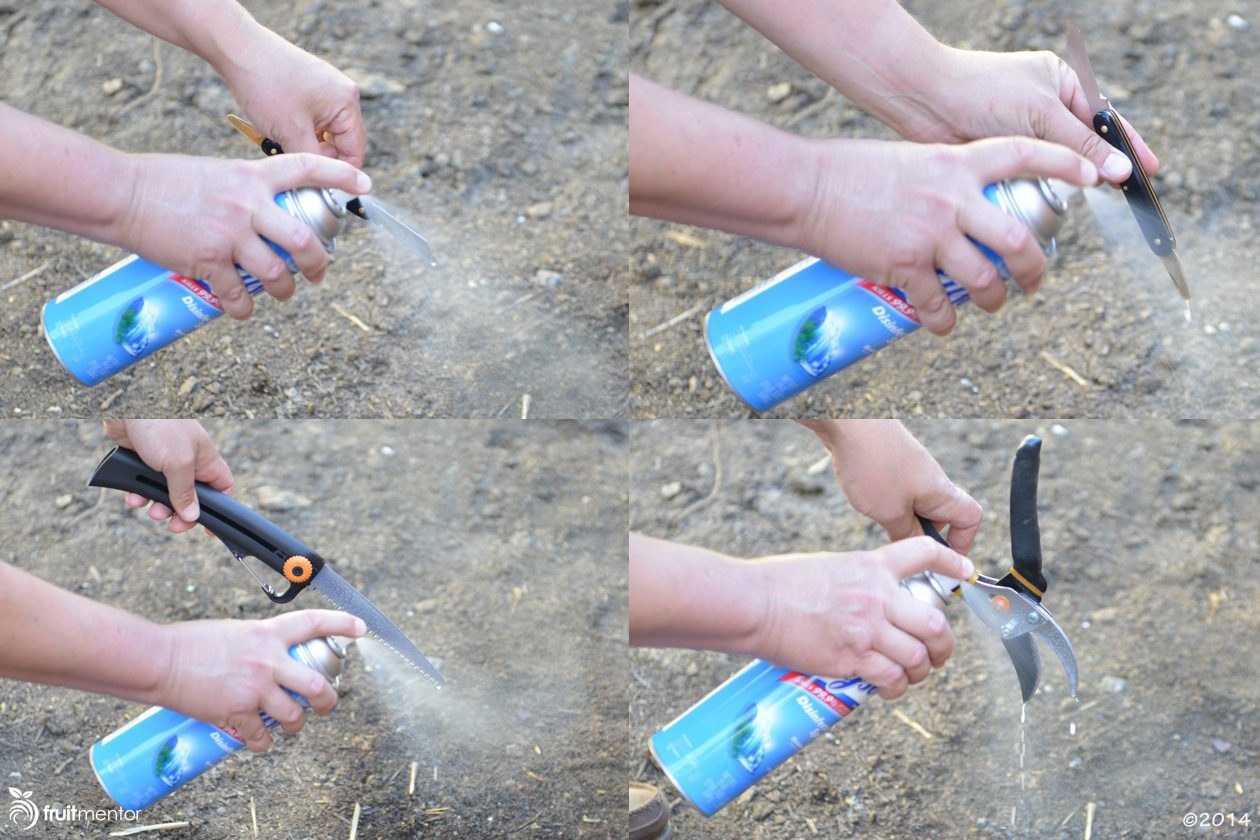
Disinfecting Wipes are a Less Preferred Disinfectant
Yet another alternative is a disinfecting wipe like Clorox Disinfecting Wipes. To disinfect, Clorox recommends that the surface remain visibly wet for 4 minutes. I tried this and found it difficult to achieve in practice as the disinfectant evaporated from the tools in seconds, not minutes. Because of this, I do not recommend disinfecting wipes. Disinfecting wipes would be better than no disinfectant at all, however.

Alcohol is used to Preserve Citrus Pathogens
Yet another alternative is to spray tools with 70% isopropyl alcohol. When I admitted to using this approach, Georgios Vidalakis of CCPP pointed out to me that they use alcohol in the lab to preserve some citrus pathogens. Clearly alcohol is not the best choice for disinfecting tools for citrus grafting! Alcohol does kill some pathogens, however, so again it is better than using nothing at all. I have now switched to using Clorox Clean-Up to sterilize my grafting tools. Another potential use for alcohol is to clean the rootstock itself if top working with a dirty rootstock. Unlike the other disinfectants, alcohol will not harm the tree. Alcohol will not kill mold spores, however.
Thank you very much to Rock Christiano and Georgios Vidalakis of CCPP for helping me in the preparation of this article.

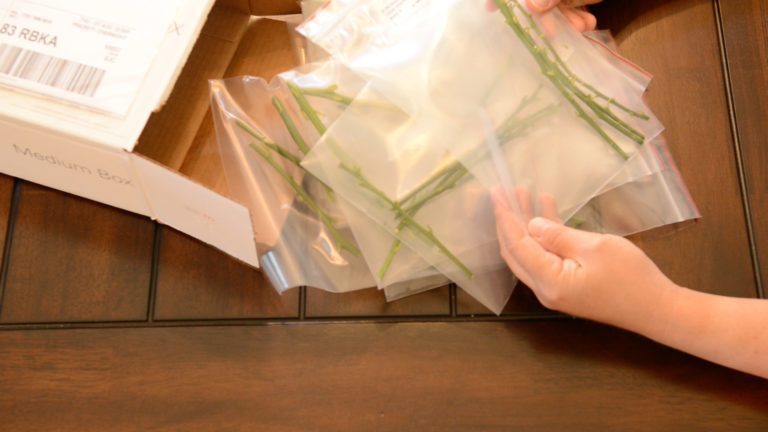
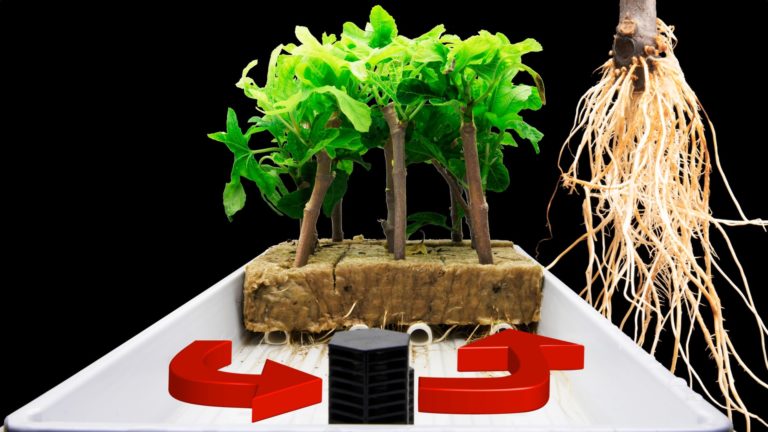

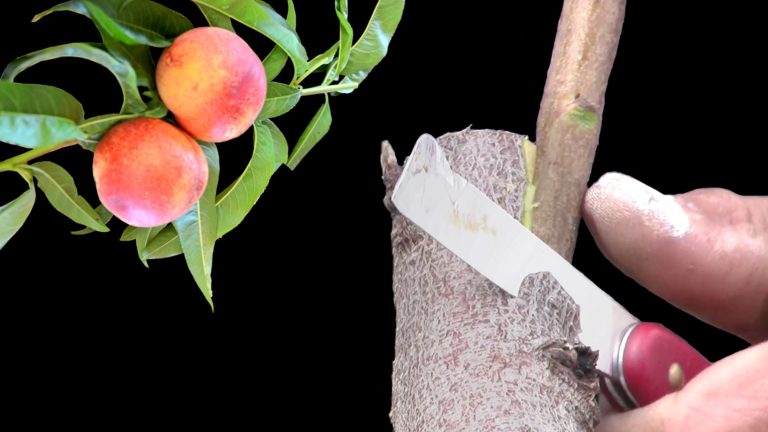
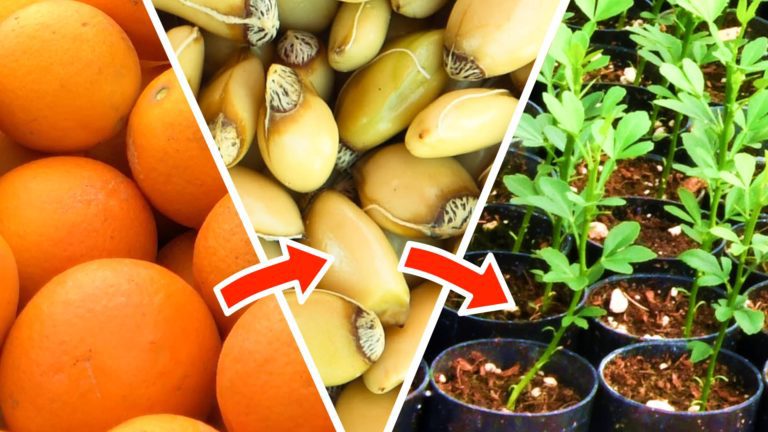
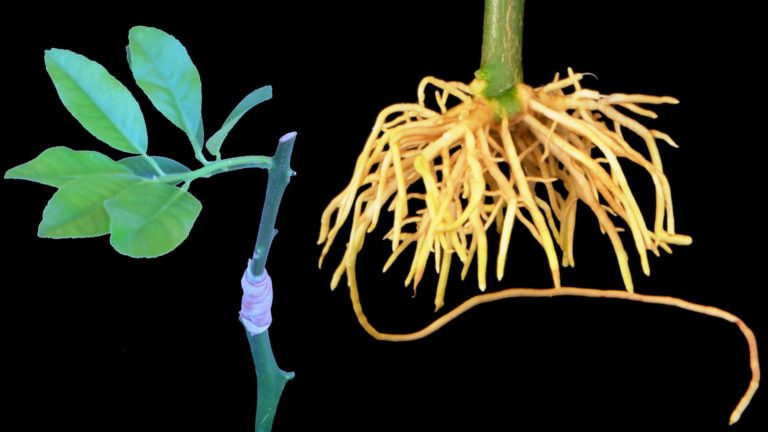
Have you tried a product called Physan as a disinfectant? It is a “multi-cide” product. I heard about this product while looking for something to sterilize tools used with orchids.
Hi Nikki,
Thank you for your comment! It helped me to see that I could improve the article so I made a few changes.
After talking to the scientists at the CCPP I switched to Clorox Clean-Up to disinfect my tools. The scientists at CCPP protect citrus growers from citrus pathogens for a living and chlorine bleach is what they are using. The science tells us that chlorine bleach kills the pathogens of concern.
I included the other methods just because I know that there will be some people reluctant to use Clorox Clean-Up for a variety of reasons. Some people may not want to risk ruining their clothes; others may be concerned about exposure to chlorine. I know that some people are so wary of chlorine that they would like to see it removed from public water even though it prevents water-borne disease. Several years ago I read an article about an outbreak of Legionnaires disease in Miami that killed a European tourist and sickened several others. Epidemiologists traced the disease outbreak back to a “luxurious” boutique hotel that had installed a giant filter to remove the chlorine from the public water going into the building. It turns out that the Legionella bacteria thrives in the absence of chlorine. I personally regard chlorinated water as a luxury and I am thankful to have it. Anyway, if anyone is reluctant to use chlorine for any reason, I have included the other disinfectants as alternates.
After reading your comment, I took a look at the Physan website and it looks like Physan is a useful product, but I would not know how to use it to sterilize grafting tools. It seems to come only in a concentrate, so it would be necessary to mix it. The warning label on the Physan bottle makes it sound even more hazardous than Clorox Clean-Up. One of the reasons that I like Clorox Clean-Up is that no mixing is required; another is that the bottle clearly labels the concentration. Perhaps there is some concentration of Physan that would be effective, but I would not know how to mix it. Grafting citrus is such a small niche that it probably is not worth the effort to study the effect of other disinfectants on citrus pathogens when chlorine bleach is already known to kill them.
Have you tried Hydrogen Peroxide for disinfecting?
Based upon what I have learned from the scientists at CCPP, I will be sticking to chlorine bleach for disinfecting. It is a sure way to kill all citrus pathogens. If I learn of other suitable disinfectants I will be sure to update this article.
Nice article!
Chlorine is an inexpensive powerful germicide, killing almost any live organism (bacteria, fungi, virus and viroids) after few second in contact at concentration of 1.5%. Some other disinfectants are inefficient to destroy virus/viroid, or minutes to let stand are needed.
Thank you!
The nice thing about Clorox Clean-Up is that it has slightly more than the 1.5% concentration (labeled at 1.84%) and no mixing is required. It is ready to use. I learned recently of a nursery in California that uses Clorox Clean-Up for sterilizing grafting tools.
Hi Dan,
This article is extremely helpful to help me select the right product to disinfect my grafting and garden tools.
After reading your reply to Nikki, I am even more confident in your recommended cleaning products.
I never use Physan but I can tell you this is a product of choice on so many Vietnamese websites for cleaning tools before and after dividing orchids.
Clorox Clean-Up, Lysol, and Clorox Wipes are available at any Walmart, Target, or OSH, very easy to find and to use!
Thank you so much Dan, and the pictures are worth a thousand words.
Anne
Thank you, Anne!
I always use Clorox Clean-Up now.